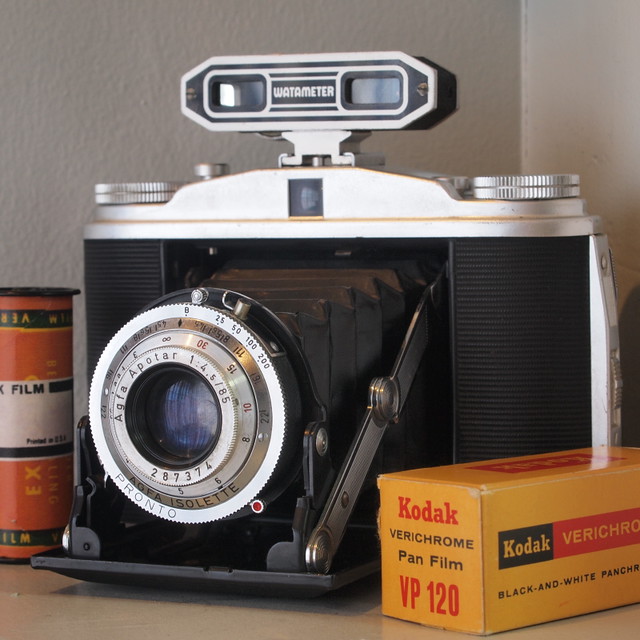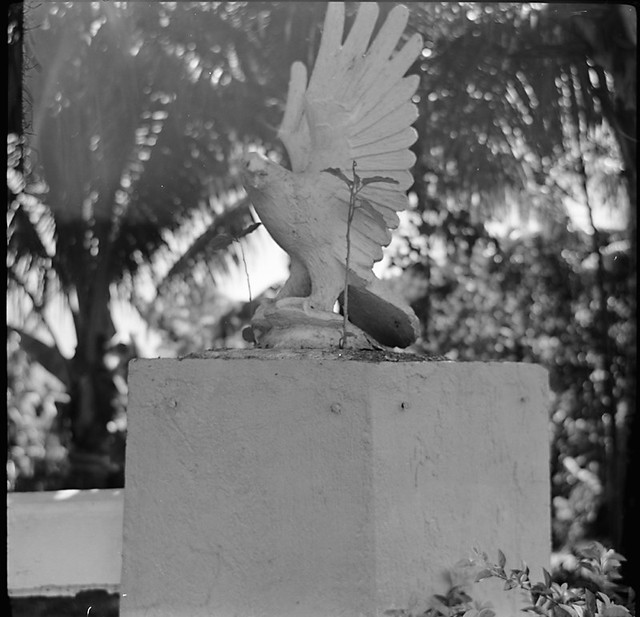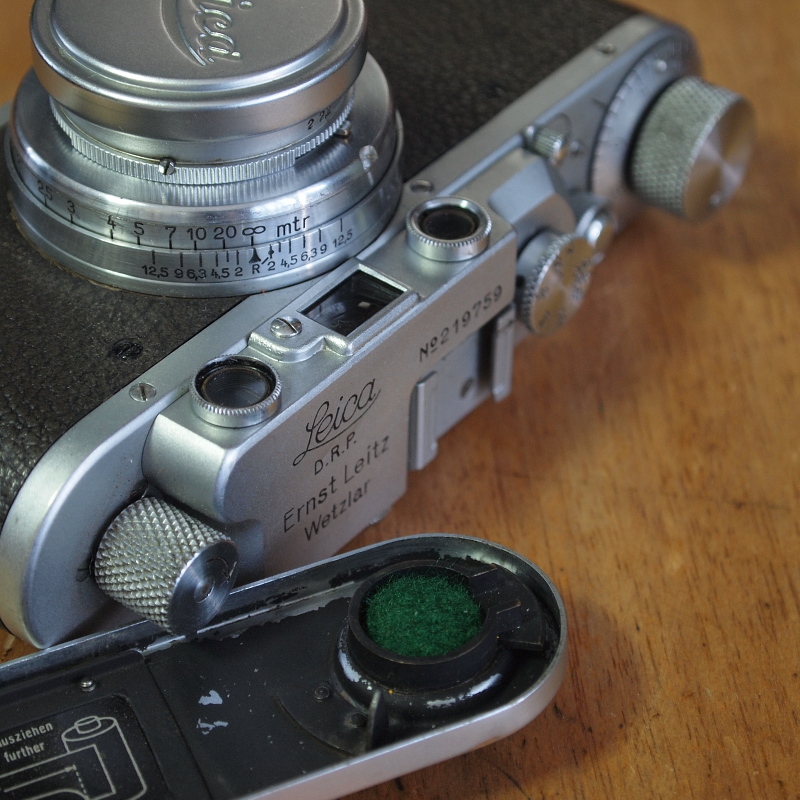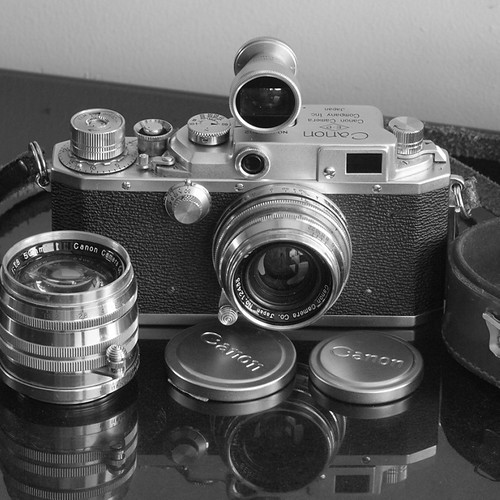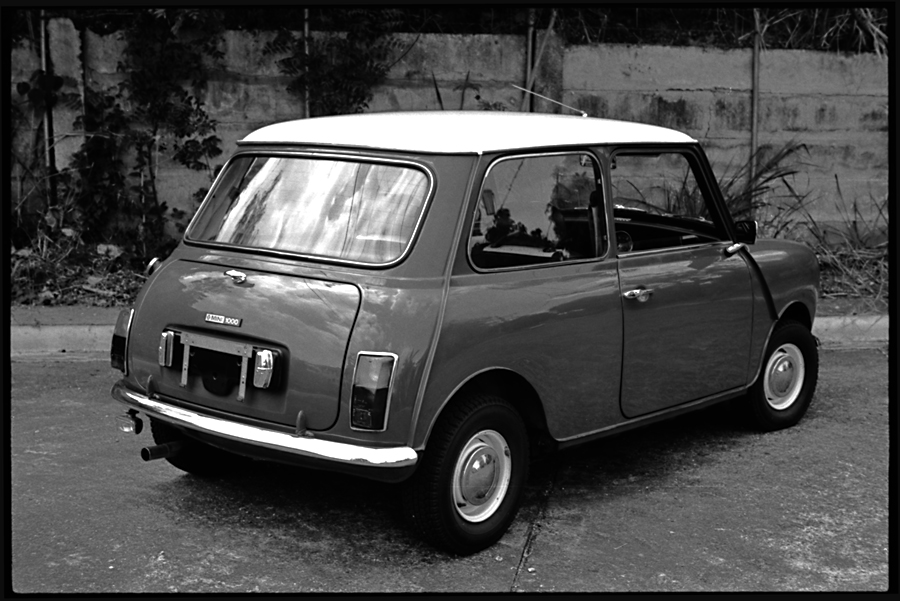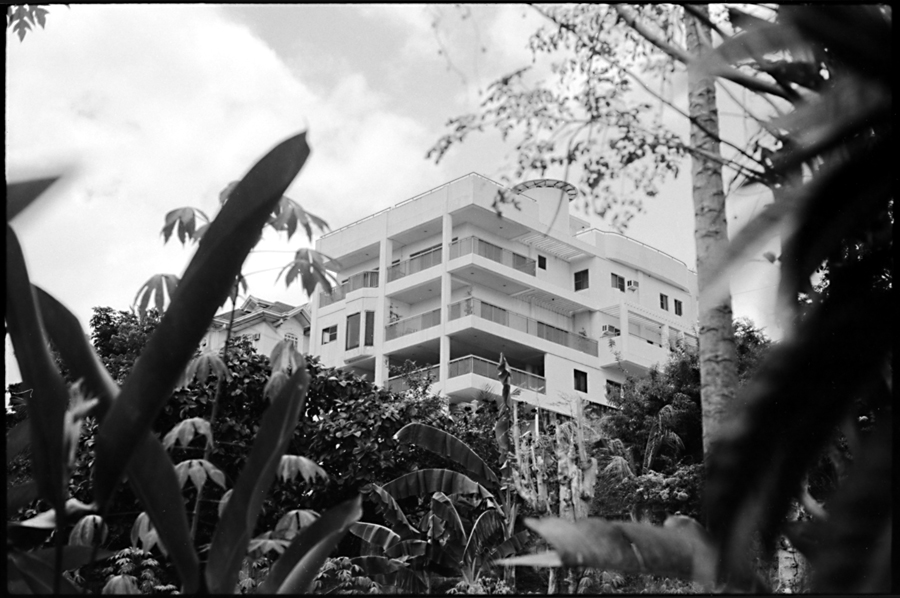The Apotar 85mm, f4.5 is the middle range 3 element lens offering from Agfa. It fits between the cheaper Agnar and the deluxe 4 element Solinar.
Luckily the basic 4 speed + B Prontor shutter is working fine on my sample. But the focus ring was frozen by the dreaded green dried grease which practically cemented the front cell focusing element to the middle lens element ;(
Luckily the basic 4 speed + B Prontor shutter is working fine on my sample. But the focus ring was frozen by the dreaded green dried grease which practically cemented the front cell focusing element to the middle lens element ;(
I backed off the 3 set screws just enough and the front focusing ring unmounted without fuss. No need to remove the tiny screws, not easy to remount and there's a greater chance of losing them. Replacement screws of this kind are not easy to find.
Before attempting to remove the front lens assembly, I applied a few drops of Naphtha (lighter fluid) around where the middle element screws into the shutter lens mount and let it sit for 15-20 minutes.
Then I wrapped the front lens element ring with duct tape and then tightened a hose clamp around it. Note: judicious care should be observed in the tension of the clamp - just enough to grip and gain leverage! Beyond that, one runs the risk of cracking the lens elements.
Once the two fused elements were out of the the shutter assembly, I soaked them in Naphtha contained in a 35mm film canister and exposed under the sun for 1 hour. After an hour and a bit of coaxing by hand, the two elements dislodged from each other. As pictured above, all the dried green stuff have to be cleaned out and then the threads re lubricated with lithium grease.
Camera mounted on a tripod, shutter held at B,
in lieu of ground glass at the film plane I used three strips of magic tape, targeted distant objects 500 meters and beyond, focused the front lens element for maximum sharpness magnified through a viewing loupe.Next time I will try Rick Oleson's two camera method.
Remount the front focusing ring at the infinity mark.
So far, so good but was anxious to shoot and forgot to inspect the bellows extensively for light leaks.
Leaky bellows is another Isolette affliction ;(
After seeing frames with symptoms of light leaks, I went into a dark room at night and shined a flashlight through the back and bellows of the Isolette. Found a few pinholes at the corners of the folds and a missing tiny screw on the side of the lens assembly was letting light through also. A replacement screw was found in my junk box. I used textile paint to seal the light leaks as a temporary fix. I reckon that with constant folding and unfolding, the textile paint fix will not hold. So I contacted Sandeha Lynch for replacement bellows.
Stay tuned...
